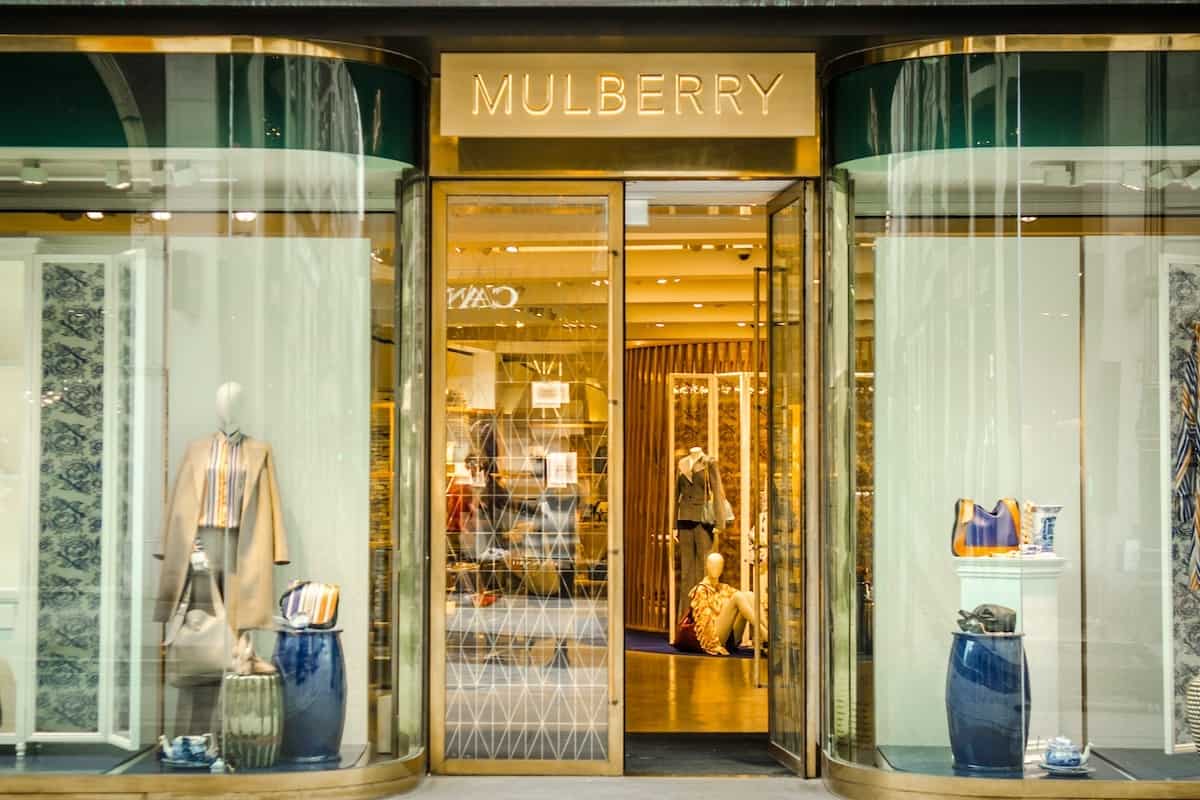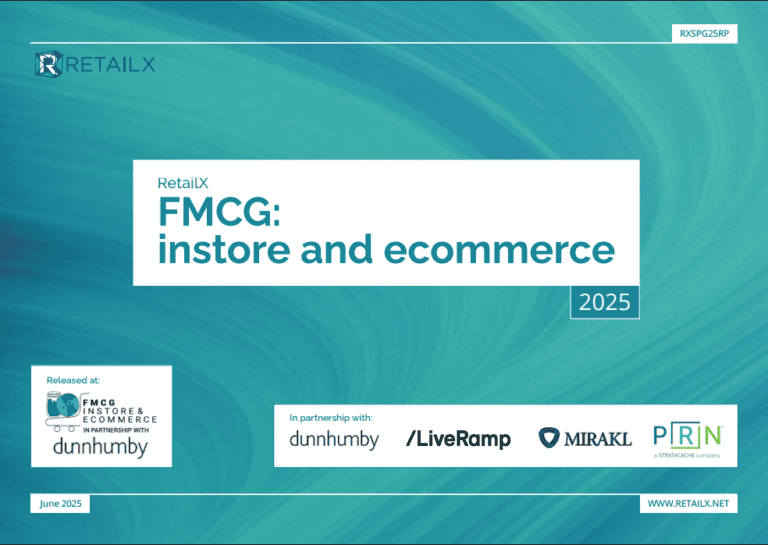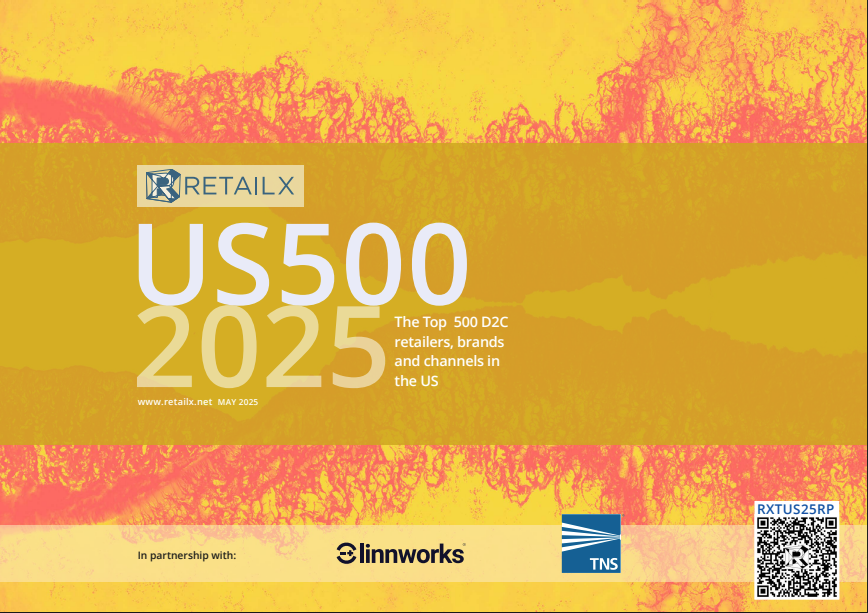Mobile payments is currently a three way battle for consumers being fought out between retailers, banks and mobile network operators – each keen to ‘own the customer’ – but it will be retailers and banks that win, leading m-payment experts concluded at the International Payment Summit (IPS) in London last week. Mobile operators are likely to end up just as dumb pipes.
“Retailers will be the winners with m-payments as it can be used to revolutionise and improve the point of sale experience and perhaps even help in the total rethink of how retail works,” Niklas Bartelt, MD of DZ Bank told the conference of bankers. But he, along with many of his banking colleagues believes that it will be the banks that sit behind these services making them work.
Retailers, banks and operators are all looking towards mobile wallets as the key to mobile payments and this is likely how the technology will start to gain traction in mainstream retail and it is through this that mobile payments will start to be used. But who will brand the wallets and how do you make sure not every retailer, bank and brand that a consumer uses has its own wallet?
“M-wallets are growing rapidly in the US,” said Steve Ellis, executive vice president & group head of wholesale services at Wells Fargo, “But what do they actually deliver? Cash and credit cards are already very simple to use, do mobile wallets really offer anything new?”
Ellis believes that to make mobile wallets pertinent, they have to act as aggregators or more than just payment services, so that they then offer more to consumers than they can do with cash and cards.
Ron van Wezel, global head of emerging payment streams at Deutsche Bank, however believes that wallets are what will help banks dominate the mobile payment space – win the war if you like. “The innovation may be coming from Apple and Google and even some of the operators, but really none of this will work without banks doing what banks do.”
Ellis agrees that banks have a key role to play, but only if the industry can assert itself early in the race to get consumers using m-payments and wallets. “As an industry we need to start sorting out standards for wallets. And that means working with networks, retailers and technology companies to work out how this is all going to work and deliver a good UX [user experience] for consumers. They won’t care who runs it, just that it works wherever they go, just like their cards do.”
But not everyone is convinced that mobile payments really is the next big thing for the financial services industry. “The jury is out about mobile payments,” says Niklas Bartelt, MD of DZ Bank. “Will mobile payments replace debit and credit cards? Who is going to pay to make that happen?”
In fact, believes Bartelt, payments may not even be a ‘thing’ in its own right. “If you look at mobile taxi app Hailo, the payments part is just buried within it, “ he says. “It is taken as a given when you sign up: you hail a taxi from the app and its just paid for when you get out at your destination. This is more likely to be the way mobile payments develops, especially in retail and services.”








